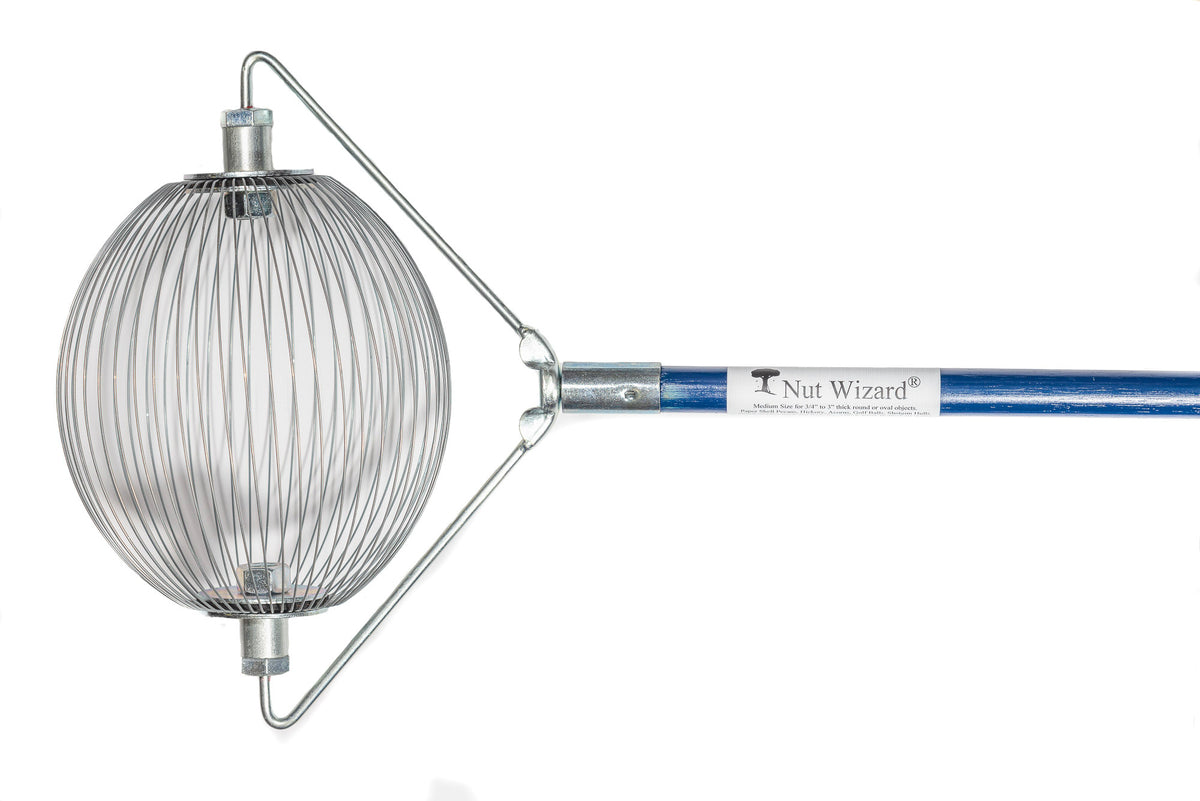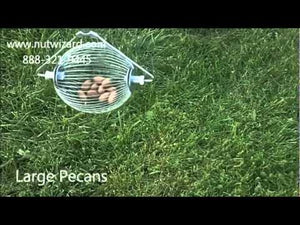Wildlife Thrives on Acorn Bounty
A concise education about acorns, along with a description of the major animals and birds that eat them around the United States. Written by Zoë Fox Waltz.
“Large streams from little fountains flow,
Tall oaks from little acorns grow.”
-David Everett, aged seven, New Ipswich, New Hampshire, 1767
For some, fall reminds us it is the great mast (fruit and nut) season when we’re walking our dog and we stumble upon piles of fresh fallen acorns among the multi-colored leaves. For others, the reminder may feel more like a rude awakening when we hear the crash of falling acorns on our cars outside. Either way, we know for certain then that we have entered – what some may argue is the best season – fall. The acorns that seem to multiply during this time of year play a key role in the survival of more than 100 US vertebrate species. With tiny acorns, you can feed such wildlife as wild turkey, crows, mallards, quail, squirrels, deer and foxes, among others. All acorn-eating animals are omnivorous in nature and primarily subsist on nuts, seeds and anything else they can forage.
Acorns in a Nutshell
Acorns are one of the most valuable food sources for wildlife because they are easily accessible and available in several geographic areas. As you probably know, acorns fall from oak trees. A fun fact is that an oak tree is any tree from the genus Quercus, meaning “beautiful tree” in Latin (Line).
Like wine, acorns can be divided into two groups: red and white oak. Also similar to wine, the red varieties have more tannins (bitterness), while white oak acorns are sweeter. You can identify the red oak acorns by their leaves pointed lobes; they differ from the white acorns’ rounded lobes. However, the most significant difference between the two types of acorns is their maturation period. White oak acorns mature in a single year and sprout soon after they fall to the ground. Birds and animals usually eat white oak acorns as soon as they find them.
They are critical for building energy reserves before cold weather strikes (Krautwurst). On the other hand, red oak acorns take two years to mature, don’t sprout until the following spring and contain three times as much fat. Birds and animals rely on red oak acorns for their winter stash for these reasons.
Bird Behavior
The two most recognizable and prolific acorn-eating birds are blue jays and woodpeckers. Blue jays forage for and store acorns mostly from pin, willow and post oaks, which all produce the smallest acorns. Blue jays usually carry several acorns at one time in their beaks and mouths. Then they bury the acorns in one spot in the same general area, usually along forest edges or lines of trees (Scarlett). Blue jays will also eat other nuts and small creatures, such as caterpillars or worms. On the contrary, woodpeckers eat acorns almost exclusively. Since the acorn crops of oaks may differ from year to year, birds may not have much selection from which to choose. As a result, they simply take what is available. That being said, research shows that when given a choice between six species of oaks, woodpeckers prefer valley oak acorns (Koenig).
Learn how to eat acorns like a Blue Jay here:
Rodents have to eat, too.
Chipmunks, mice and squirrels are all major consumers of acorns that belong to the rodent family. In both wooded and urban environments, they are able to subsist mainly on oak trees’ abundance of acorns. While chipmunks transport acorns in their mouths to buried storage locations, squirrels oftentimes eat acorns as soon as they find them. Chipmunks, mice and squirrels all favor the low tannin, white oak acorns (Briggs & Pyare).
Ever seen a gray squirrel eating an acorn up close? Also, find out where that squawking noise is coming from here:https://www.youtube.com/watch?v=_nTv6i6dKs4
Acorns for the Big Game
The largest mammal whose fall diet consists of at least 55% white oak acorns is the white-tailed deer (Outdoor Life). Deer tend to favor individual oak trees and particular clumps of trees, as well as freshly fallen acorns. As a result, hotspots can change in as short as one week. The most likely place you can find a white-tailed deer in the fall is on a slope of south-facing trees, which tend to get the most sun. Then east, west and north-facing trees on a hillside follow in that order. Now, after a particularly dry summer and early fall, you would do best to focus first on slopes facing north or northeast, which have the best moisture retention (Murray).
The Takeaway
Acorns are a vital source of energy for wild animals and birds. During fall, they make sure to eat as many white oak varieties as they can find. At the same time, they store red oak acorns in buried holes to return to and sustain themselves with throughout the winter. They go for the white oak acorns immediately because they are sweeter and sprout almost as soon as they hit the ground, thus making them inedible. The red oak acorns don’t sprout until the following spring, so they can savor them during the cold months. More importantly, the red oak acorns contain three times the amount of fat as white oak acorns. Therefore, the animals and birds are able to eat fewer and fill fuller. Without acorns, these animals will starve or fail to reproduce successfully. They serve as a lifeline to spring and beyond.
*Works Cited
Briggs, John M., and Kimberly G. Smith. "Influence of Habitat on Acorn Selection by Peromyscus Leucopus." Journal of Mammalogy 70.1 (1989): 35-43. Web.)
“How to Eat Acorns Like a Blue Jay.” YouTube, uploaded by Evan Barrientos, 18 Dec. 2014, https://www.youtube.com/watch?v=mJdzouzqZLI.
Krautwurst, Terry. "Oaks, acorns and you: magnificent oak trees and their acorns sustain countless wild creatures." Mother Earth News Oct.-Nov. 2003: 42+. Student Resources in Context. Web.
Line, Les. "WHEN NATURE GOES NUTS." National Wildlife Oct.-Nov. 1999: 48. Student Resources in Context. Web.
Murray, Jeff. "Acorn Secrets Uncovered." Field & Stream Sept. 2007: W32. Student Resources in Context. Web.
Pyare, Sanjay, Julie A. Kent, Diane L. Noxon, and Michael T. Murphy. "Acorn Preference and Habitat Use in Eastern Chipmunks." The American Midland Naturalist 130.1 (1993): 173-83. Web.
“Squawking Squirrel Eating Acorn September 18, 2014.” YouTube, uploaded by Don Gagnon, 18 Sept. 2014, https://www.youtube.com/watch?v=_nTv6i6dKs4.
"55%." Outdoor Life Oct. 2015: 16. Student Resources in Context. Web.








